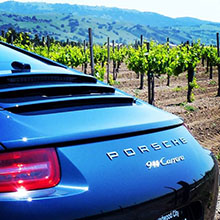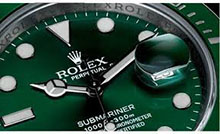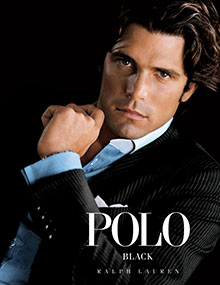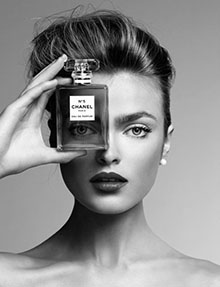The Wine Label
Reading wine labels can be a challenge. There are different styles and legal requirements that apply to both the producer and importer. They vary from country to country, state to state, and even appellation to appellation. There are also variations between producers. Some of the most useful information regarding champagne labeling is illustrated below followed by a description of each item.
1. The Champagne House
The name of the Champagne house will appear on the label. In the example above, the Champagne house is Veuve Clicquot Ponsardin.
2. The Location
The label will contain the location of the Champagne house. Veuve Clicquot Ponsardin is located in Reims, France.
3. The Brand Name
The brand name of the champagne will appear on the label. Included with the brand name, there may or may not be additional information relating to different types of champagne, for example, the label may include “Prestige Cuvée” indicating the wine is the top champagne for of the Champagne house. “Blanc de blancs” may appear, indicating the champagne is white champagne made from white grapes. The wording “blanc de noirs” would indicate that the champagne is white champagne made from black grapes. If the term “Rosé” is present, it indicates the Champagne will have a pinkish color. Rosé Champagne has either some red wine blended in before the secondary fermentation or it initially allowed some brief contact with the skins of black grapes after crushing.
4. The Word "Champagne"
The word “Champagne” will be on the label. This indicates that the wine is from the Champagne region of France. Sometimes people mistakenly call sparkling wine from other places “Champagne”. Sparkling wines made in other places are not allowed to be called Champagne. Even sparkling wine made in other areas of France are not permitted to be called Champagne. They are called “Crémant”. Examples include Crémant de Loire, from the Loire region or Crémant de Bourgogne from Burgundy.
All French wine labels other than Champagne labels of the highest quality level and part of the controlled appellation system must include A.O.C. or appellation d’origine côntrolée terms on the bottle. For example, a wine from Alsace will have the phrase appellation Alsace côntrolée. A wine from the Saint Estèphe appellation in Bordeaux must have appellation Saint-Estèphe côntrolée on the label. This is not the case for champagne. The word “Champagne” alone is enough to signify the wine is made under the strictest standards and must come from the designated area.
5. Sweetness/Dryness Level
The label will include the sweetness (or dryness) level. Brut is the most common level and indicates dry champagne.
6. The Year
If a specific year appears on the label it indicates the Champagne is vintage Champagne. All the grapes used to make vintage Champagne must have been harvested in the same year appearing on the label. If a specific year does not appear, or if the letters NV (or non-vintage) appear on the label, it means the Champagne is a blend of wines from grapes that may have been harvested during different years.
7. The Small Letters
A champagne label will also include two small letters indicating the type of producer usually preceding a small number. This label from Vueve Clicquot Ponsardin has NM. NM stands for Négociant-Manipulant. It is a champagne producer that buys a large amount of the grapes needed for their champagne production from grape growers. They may own quite a bit of vineyard acreage, but need more for production. Most of the large Champagne houses buy most (and occasionally all) of the grapes they use with the exceptions of Louis Roederer and Bollinger. While these two houses are still considered NMs they generally grow well over half of their own needs. Other abbreviations indicating the type of producer that may be present on the label are RM, CM, RC, SR, ND, and MA.
- RM (Récoltant-Manipulant) refers to grower producers who are supposed to supply 100 percent of grapes from their own vineyards.
- CM (Coopérative-Manipulant) are groups that pool their grapes and make champagne under various brands they own.
- RC (Récoltant-Coopérateur) is a grower that sells grapes to a cooperative then receives as partial or full payment, champagne ready to sell under their own brand.
- SR (Société de Récoltants) is a company of 2 or more growers sharing a common production site.
- ND (Négociant-Distributeur) is a company that sells champagne someone else has produced to retailers.
- MA (Marque d’Archeteur) is a brand name owned by a retail seller such as a restaurant or wine store.
8. Bottle Size
Champagne labels must indicate the size of the bottle. 750 mL is the standard bottle size. A magnum is the size of 2 bottles and contains 1.5 liters.
9. Percentage of Alcohol
The percentage of Alcohol by volume must be indicated on the champagne label. The example above shows 12.5% Alcohol.
The Back Label
The back label of a Champagne bottle is similar to other wine labels. Some of the information above may be included on the back label instead of (or in addition to) the front. Warnings and precautions will be addressed. The importer information may be included. There may be interesting information about the wine or the winery. |





